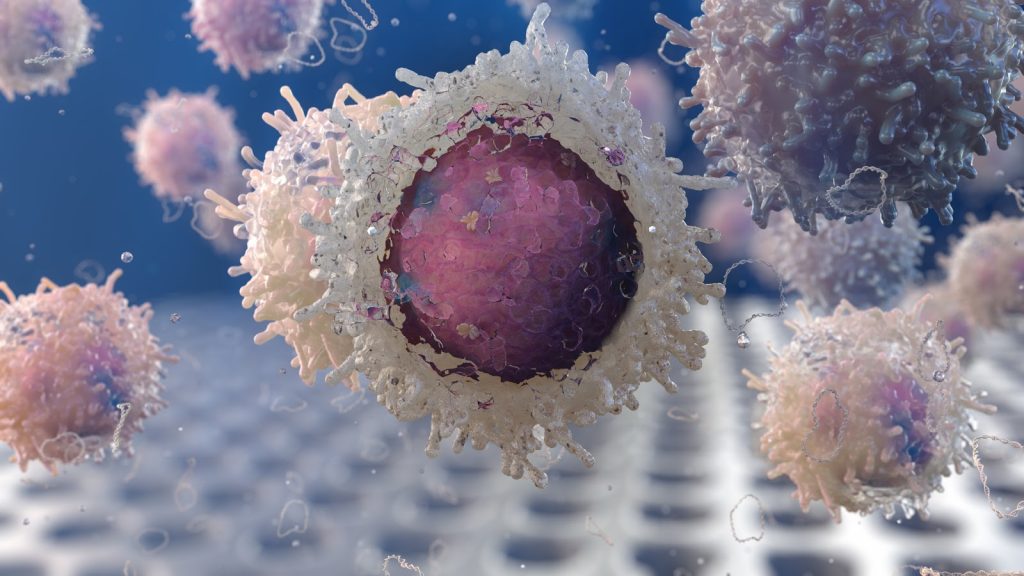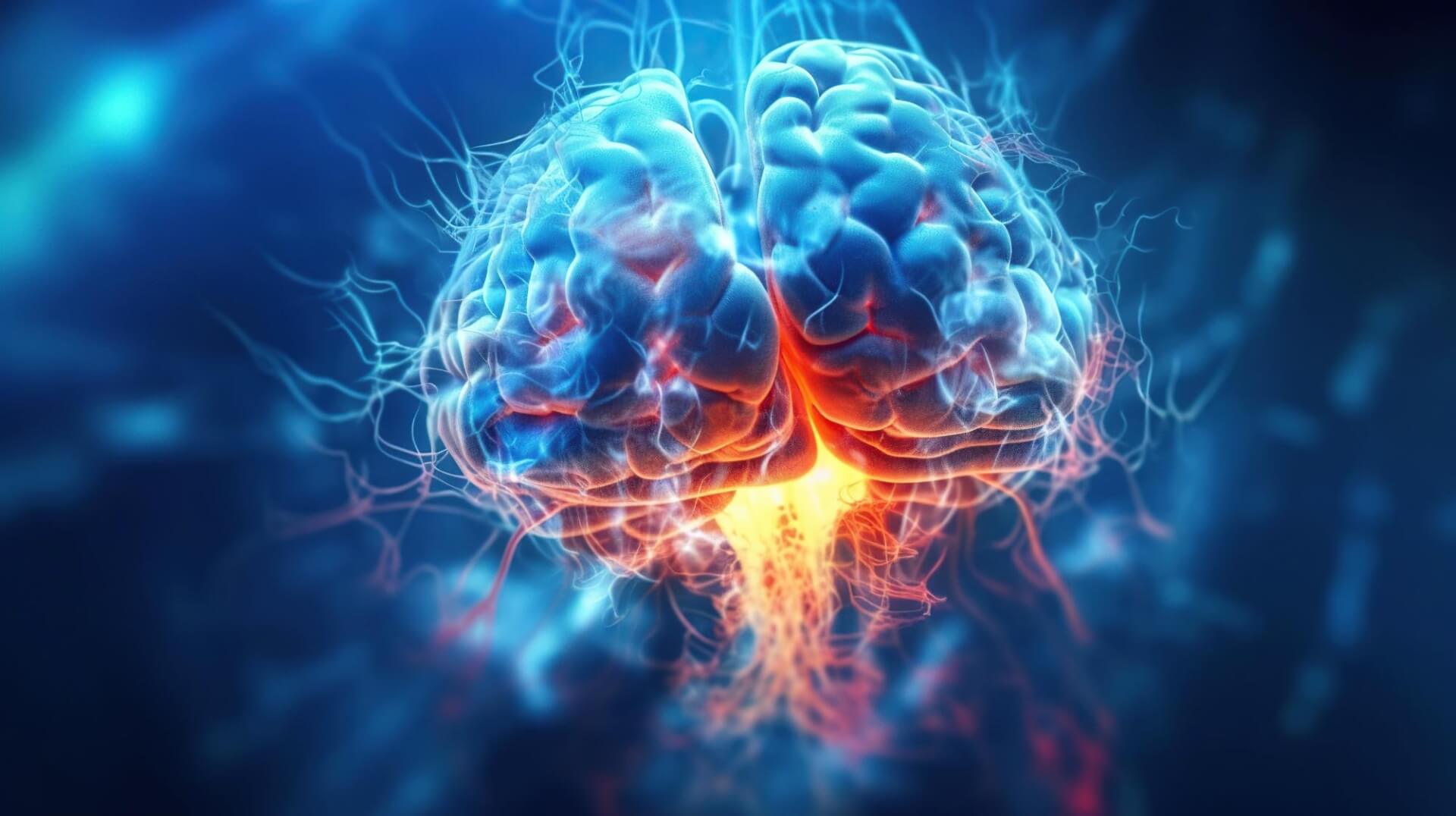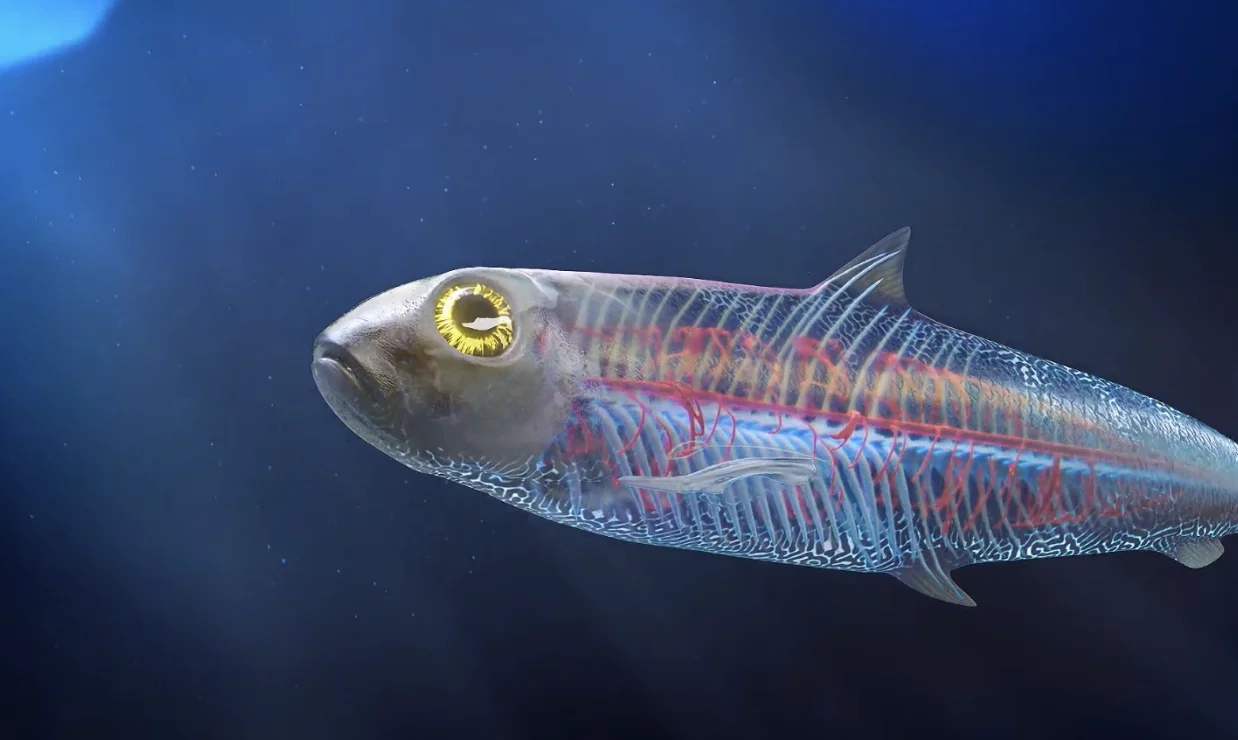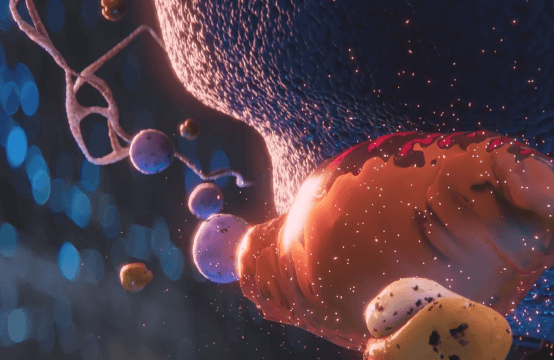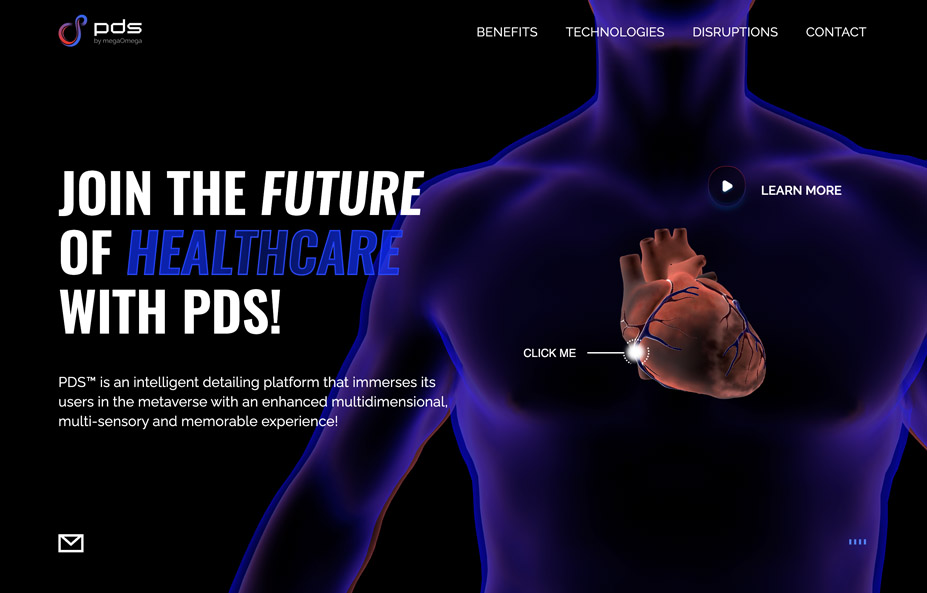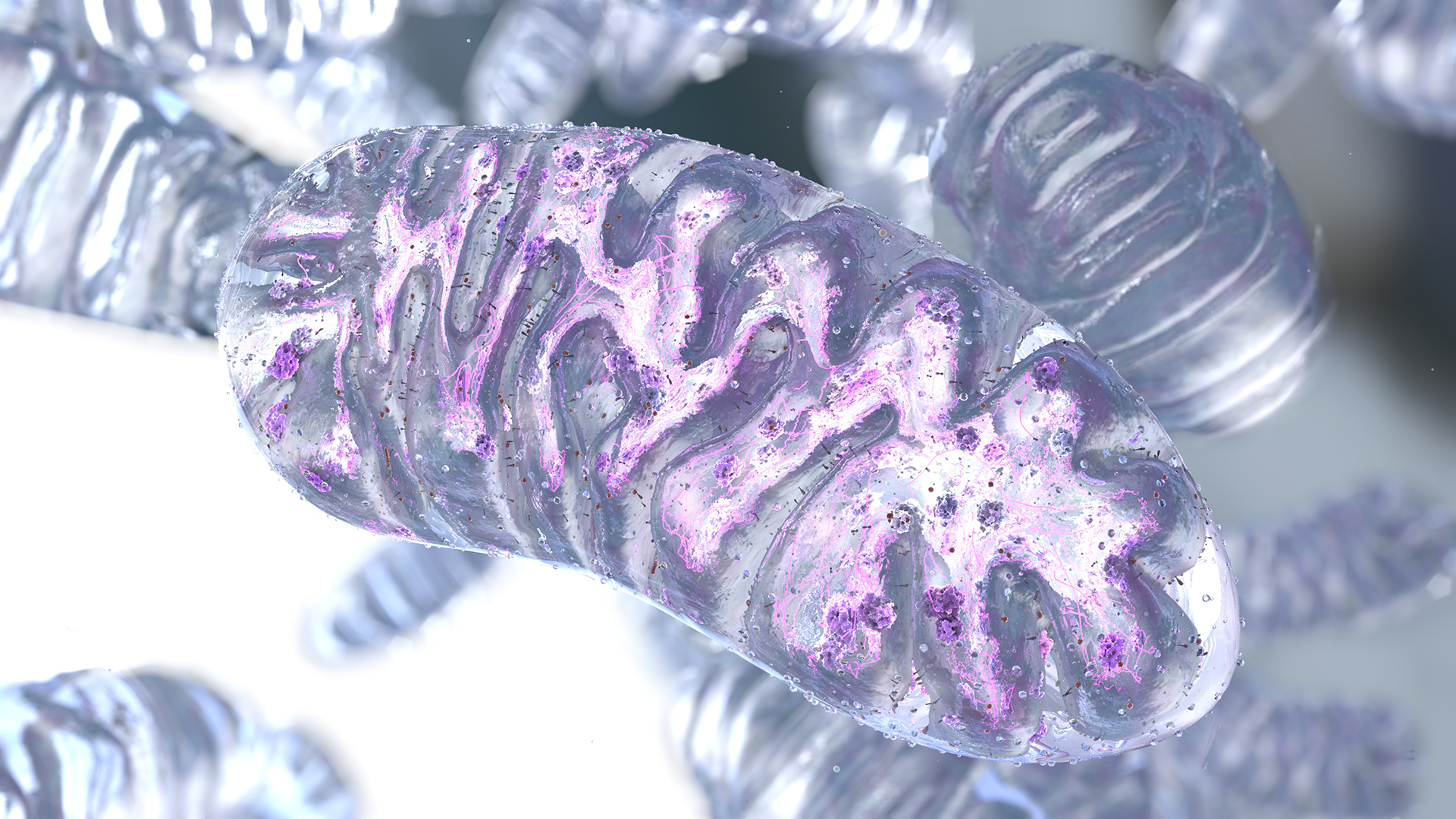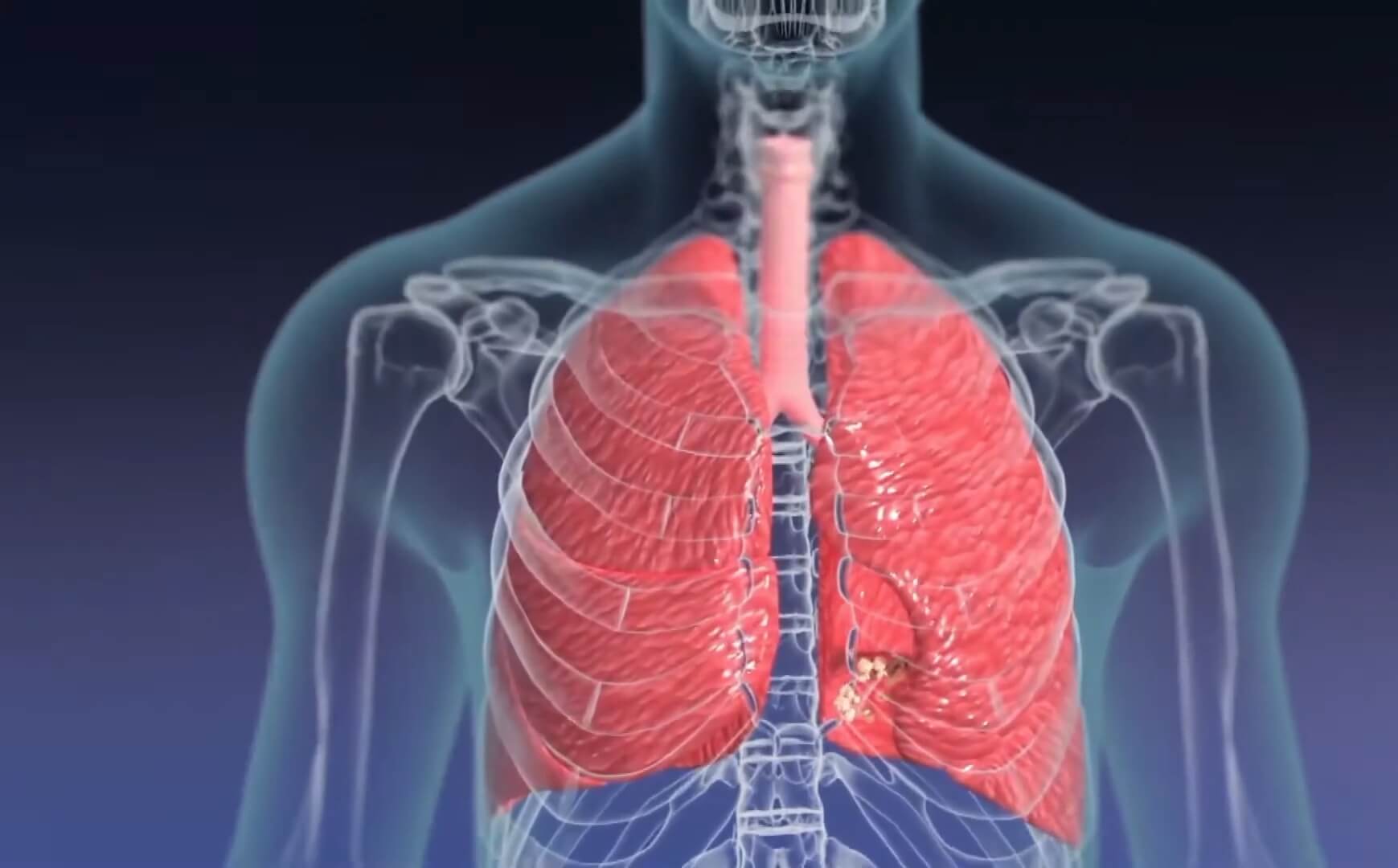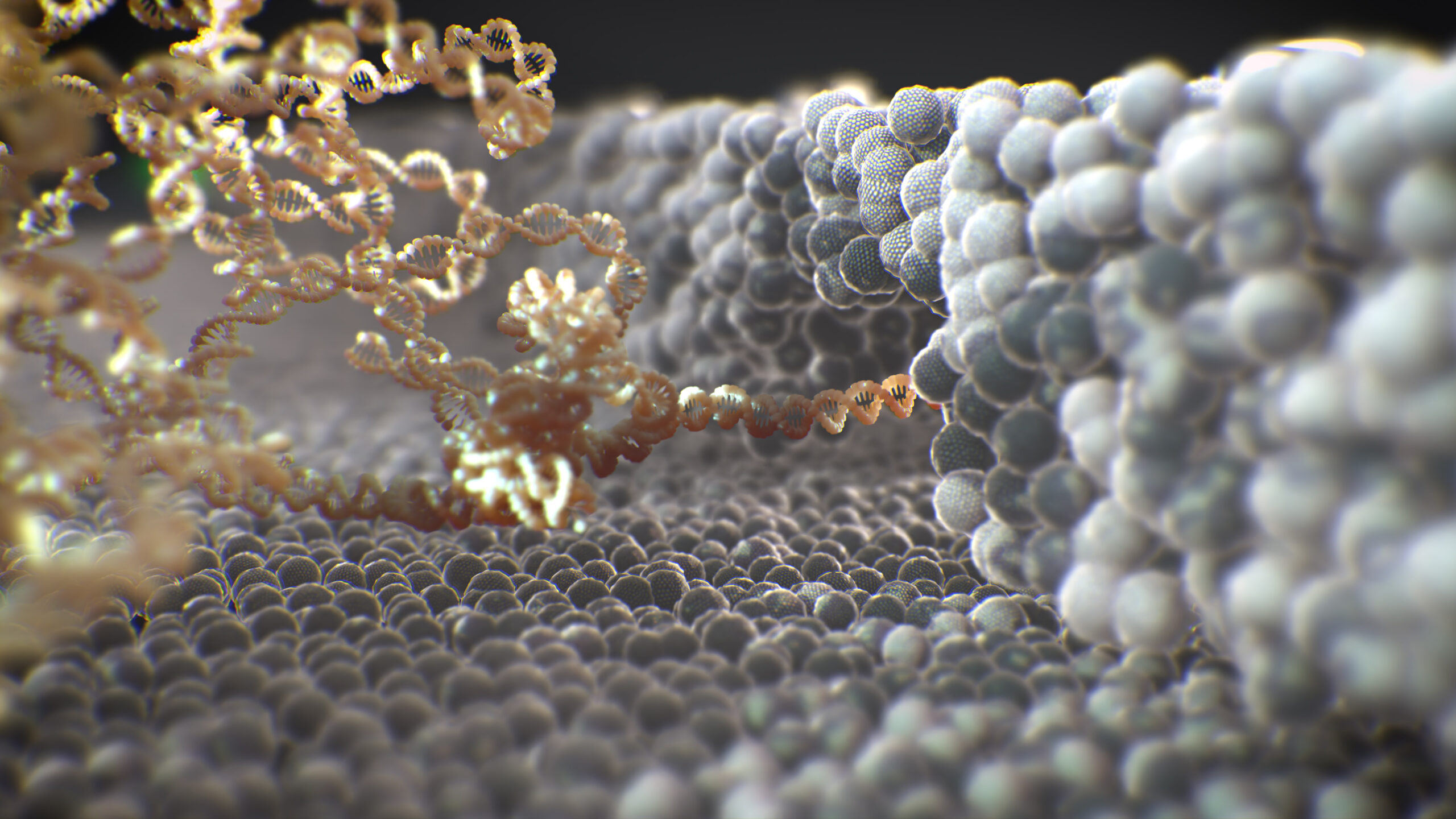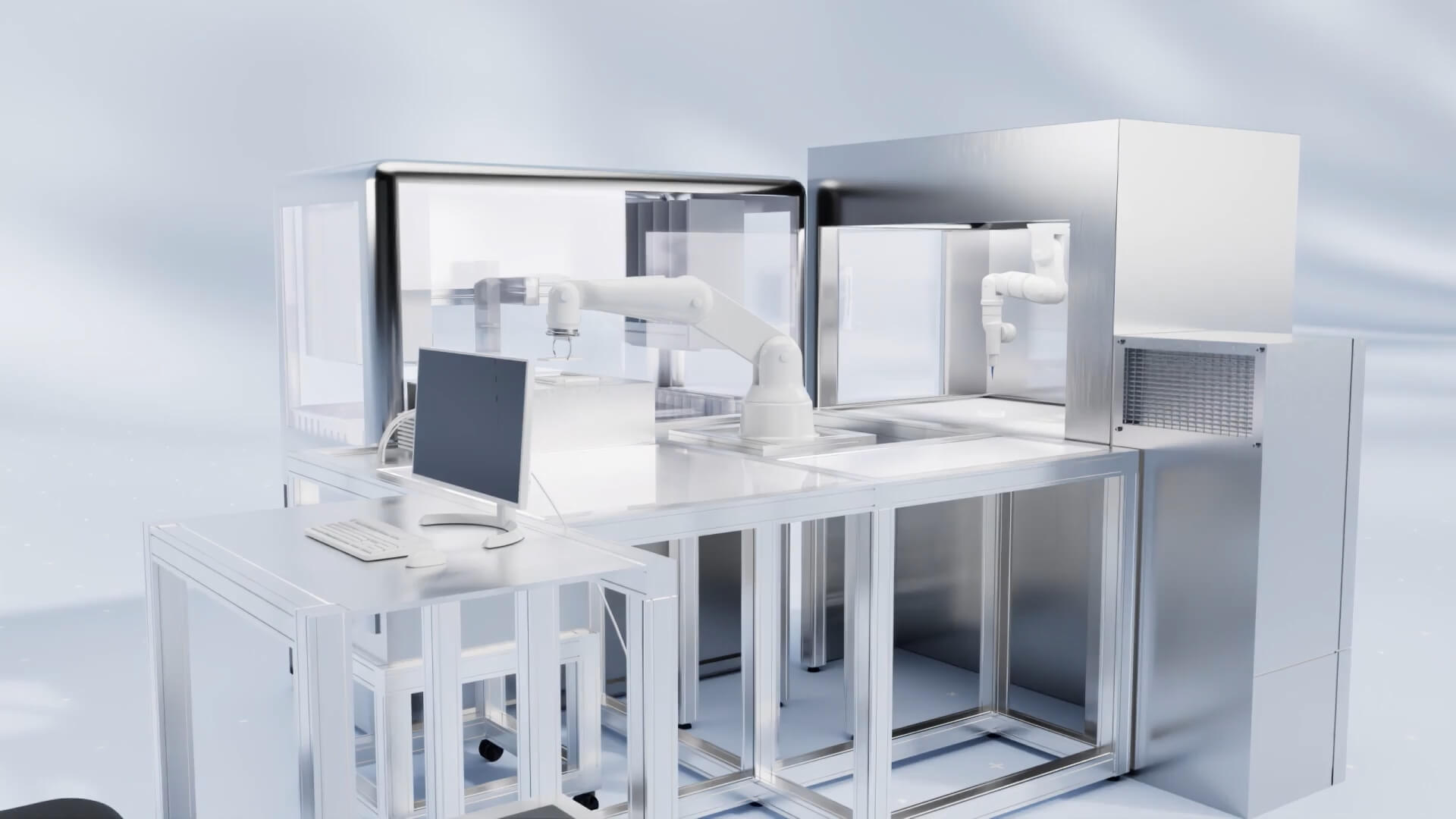This storytelling format, combined with this state-of-the-art technology, brings intricate and highly complex messages to life, allowing the user to gain a deeper understanding of the science behind a medical product or disease area.
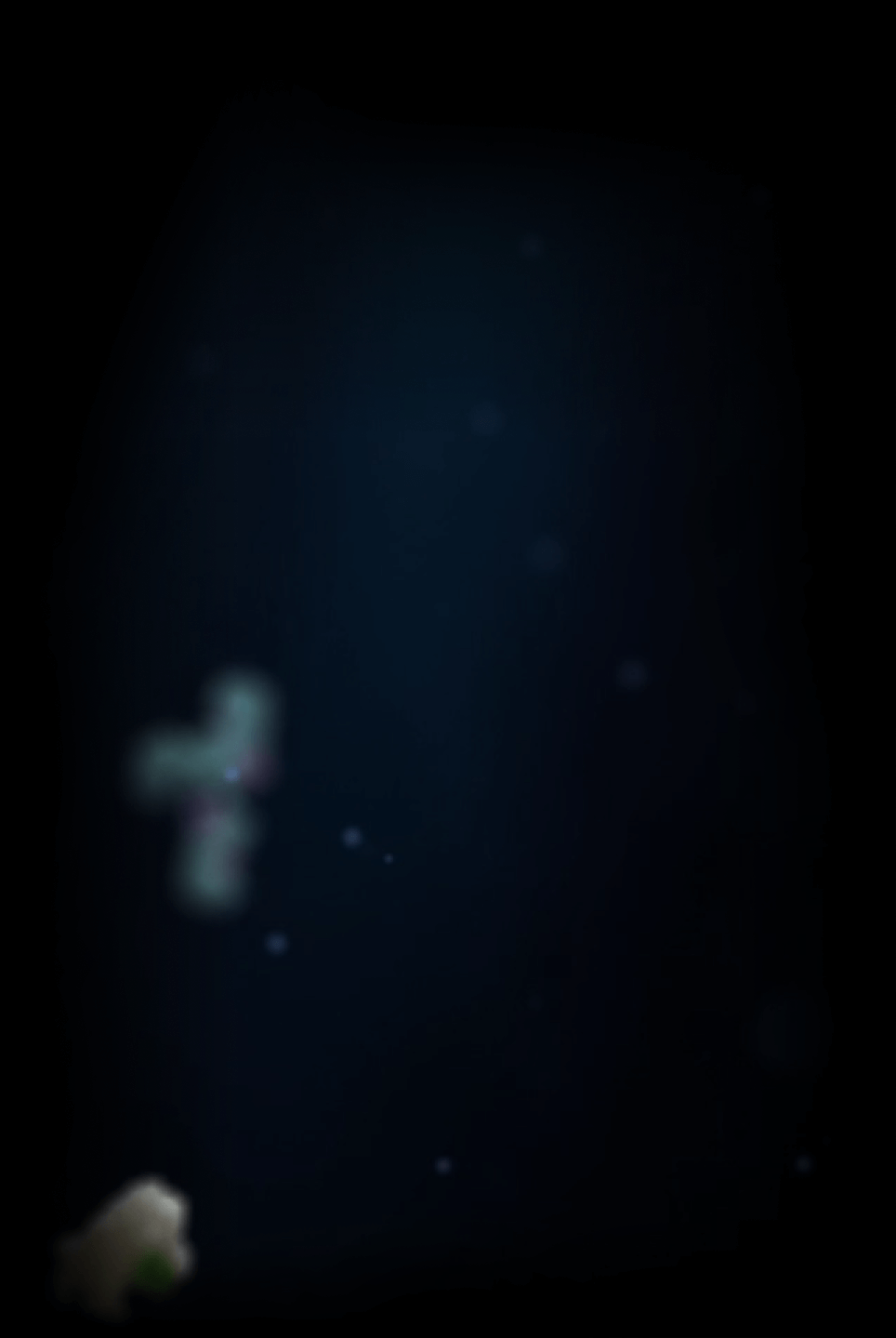
Virtual Reality (VR) has elevated our scientific storytelling to a new level.
We fully immerse the user into our 3D film sets and take them on an engaging ride inside the human body.
Our virtual storytelling brings the science behind a product to life.
VR technologies teleports us to another world, making it the perfect scientific visualization tool. Users can follow a drug’s journey through the human body or view the molecular structure from different angles. It’s easy to see how such technology has opened up a new world and new means of communication for the pharmaceutical and healthcare industry.
-
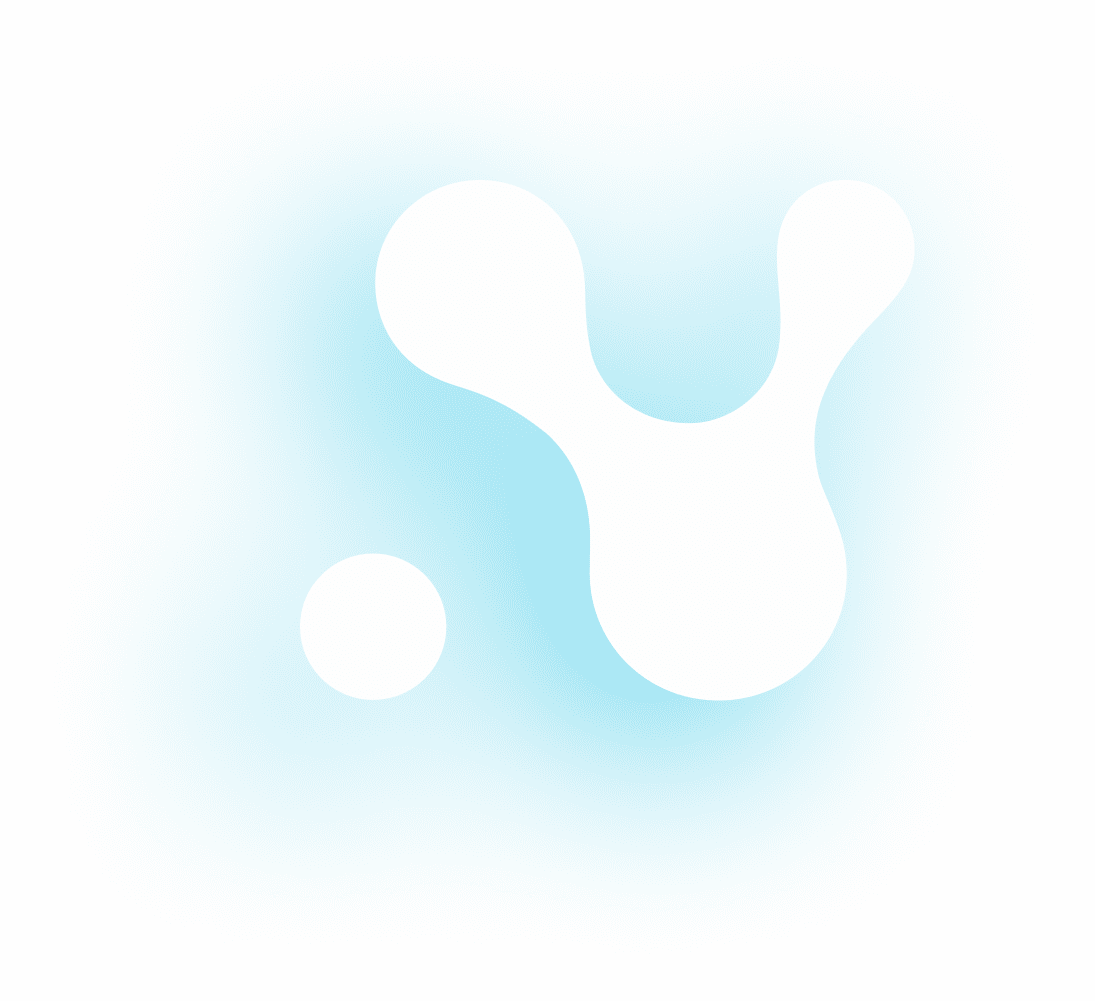
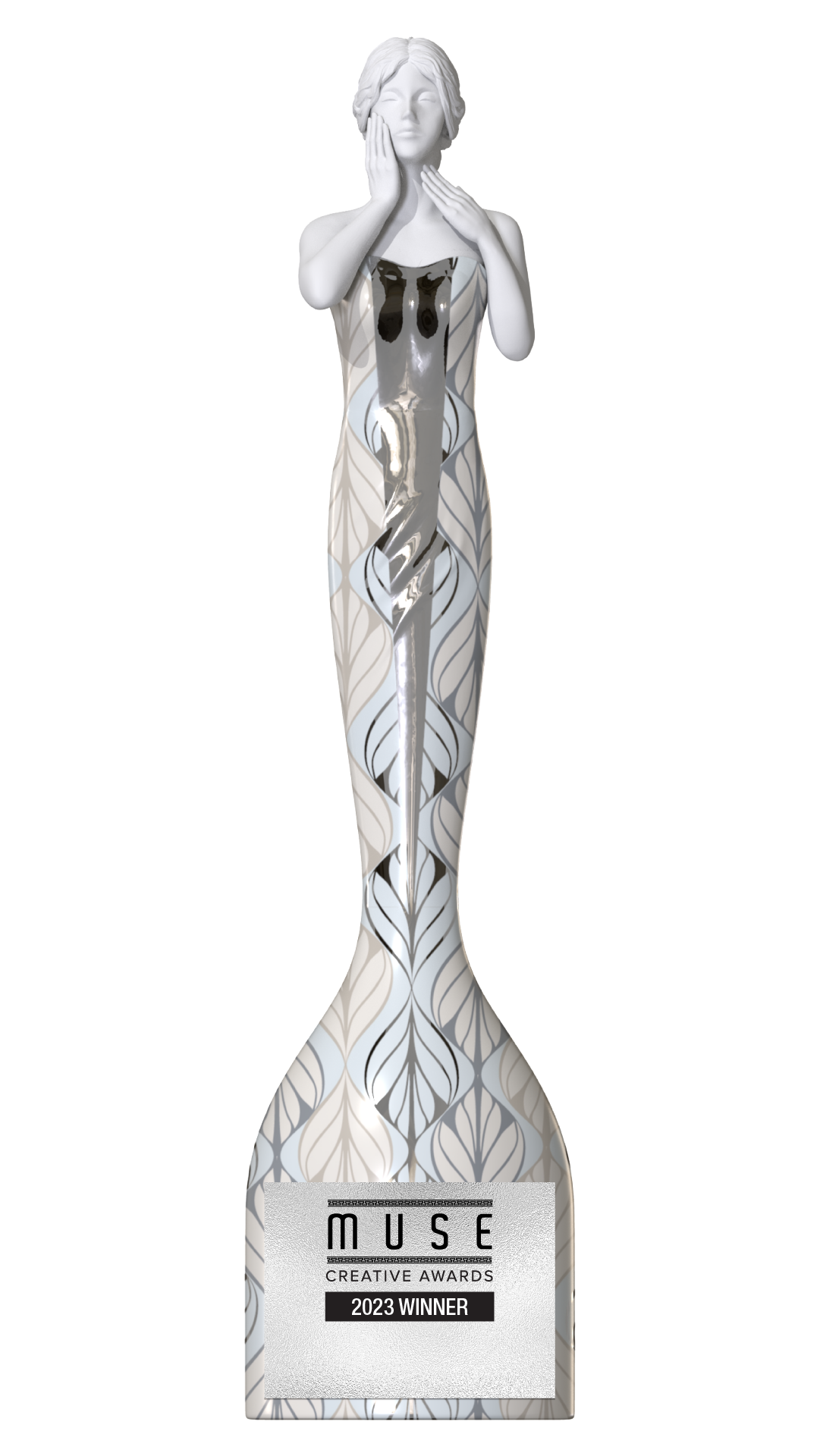 Platinum WinnerVideo - Medical: iBioMUSE Creative Awards 2023
Platinum WinnerVideo - Medical: iBioMUSE Creative Awards 2023 -

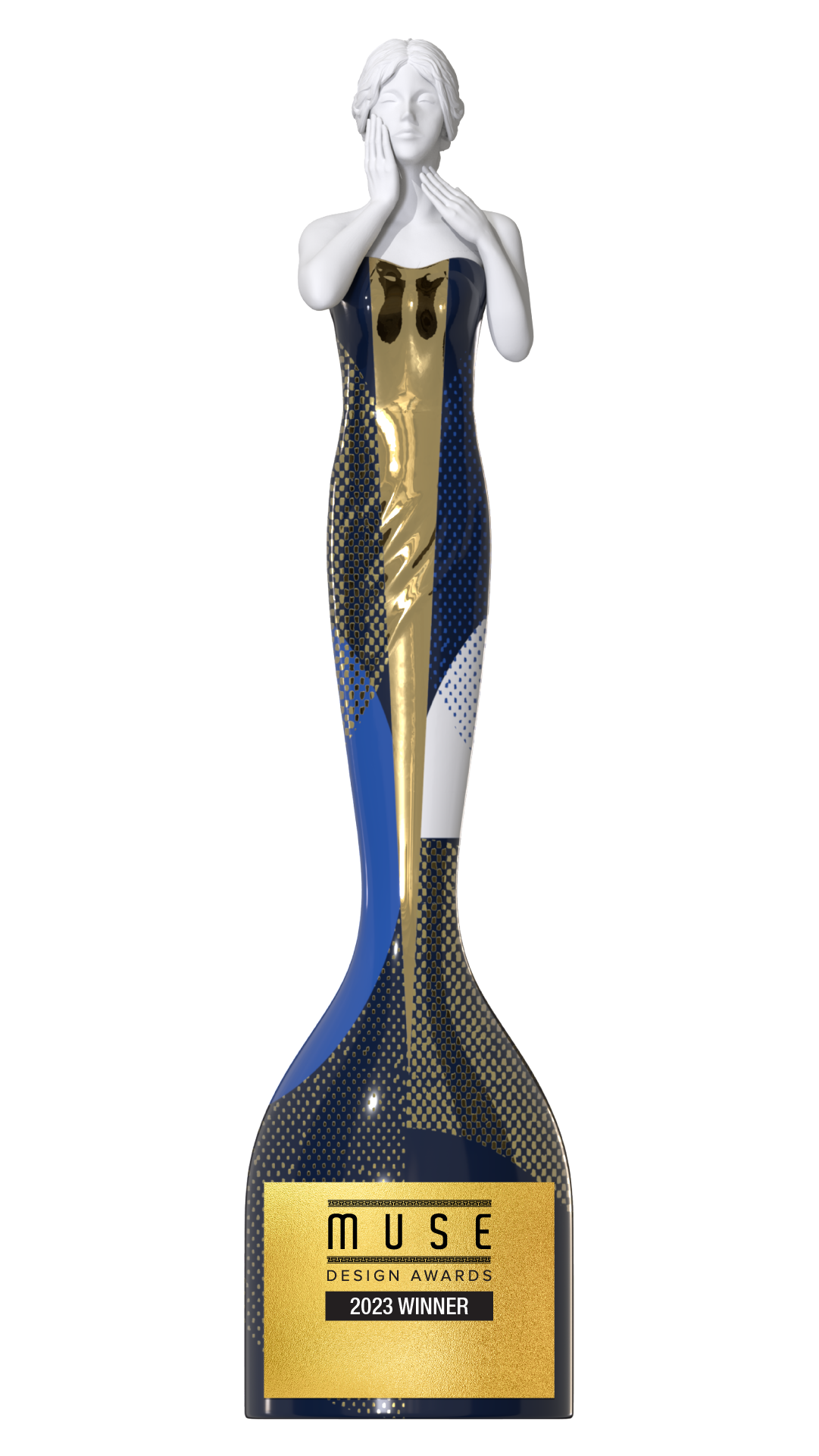 Gold WinnerVideo - Animation: Alamar BiosciencesMUSE Creative Awards 2023
Gold WinnerVideo - Animation: Alamar BiosciencesMUSE Creative Awards 2023 -

 Gold WinnerVideo - Medical: Alamar BiosciencesMUSE Creative Awards 2023
Gold WinnerVideo - Medical: Alamar BiosciencesMUSE Creative Awards 2023 -

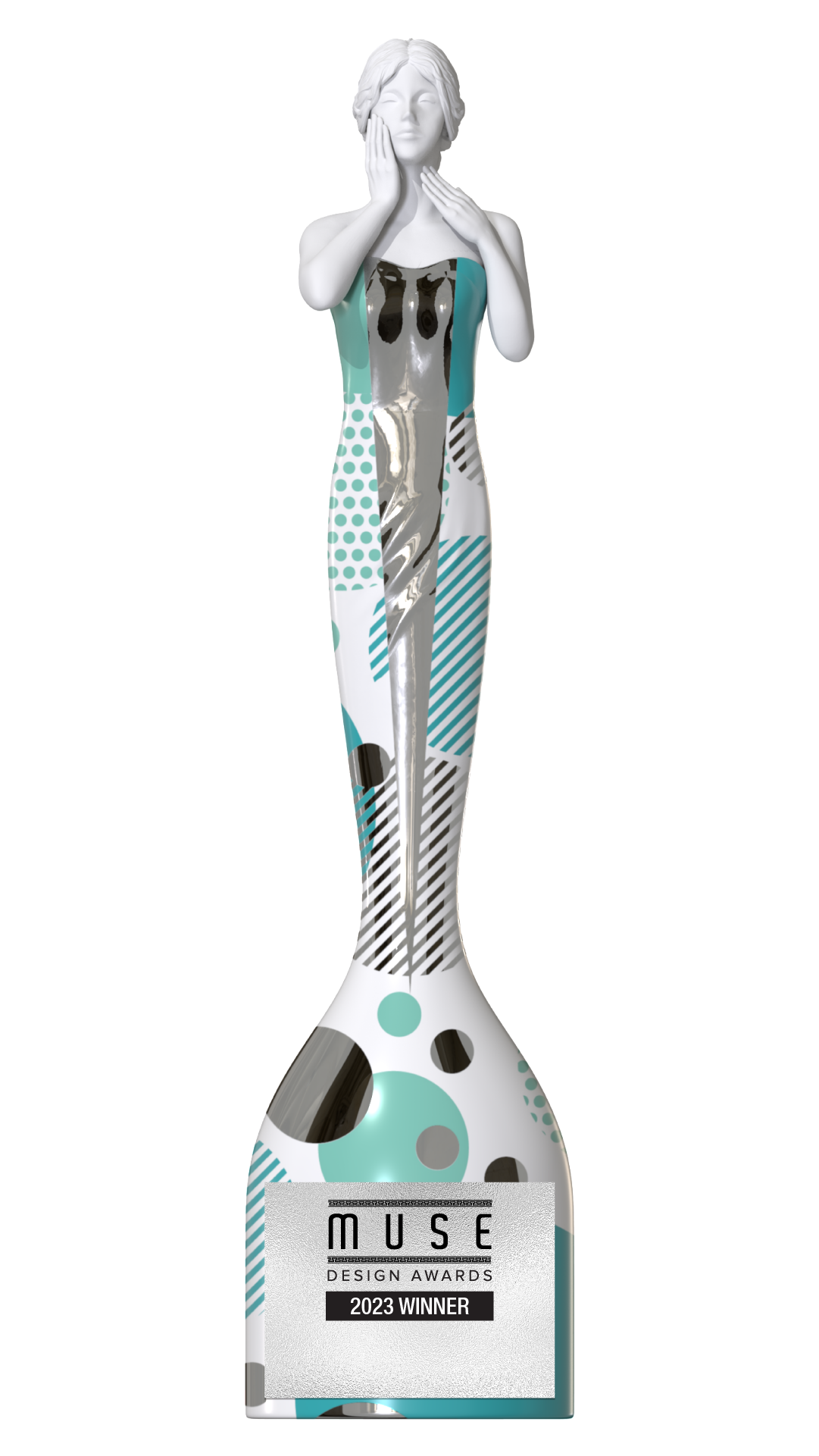 Silver WinnerVideo - Technology/Science: Alamar BiosciencesMUSE Creative Awards 2023
Silver WinnerVideo - Technology/Science: Alamar BiosciencesMUSE Creative Awards 2023 -

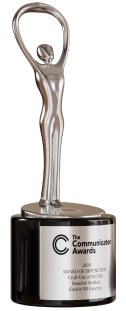 Award of Distinction360/VR: Exeltis Experience25th Annual Communicator Awards, 2019
Award of Distinction360/VR: Exeltis Experience25th Annual Communicator Awards, 2019 -

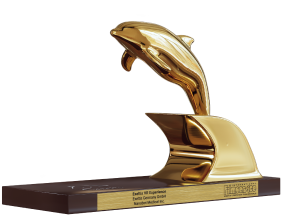 Gold Award360/VR: Exeltis ExperienceCannes Corporate Media & TV Awards, 2019
Gold Award360/VR: Exeltis ExperienceCannes Corporate Media & TV Awards, 2019 -

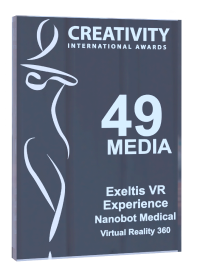 Bronze Award360/VR: Exeltis ExperienceCreativity International 49th Media & Interactive Design Awards, 2019
Bronze Award360/VR: Exeltis ExperienceCreativity International 49th Media & Interactive Design Awards, 2019 -

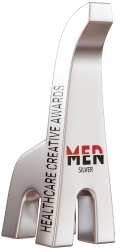 Silver AwardPharma/Film: Astellas PharmaCreative MedMen Awards 2020
Silver AwardPharma/Film: Astellas PharmaCreative MedMen Awards 2020
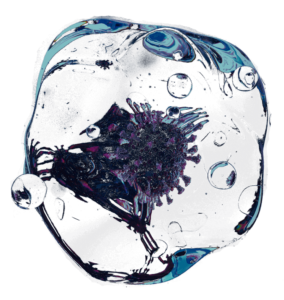
Which industries need VR development?
VR for training and education is going to be around for a while. However, the companies embracing VR and AR are now showing a commitment to the future and will be one step ahead of the competition when they finally embrace it.
Live training and simulation can be costly and difficult to access. Using accessible, consistent, repeatable training in VR can get you and your team up-to-speed and in the game quicker.
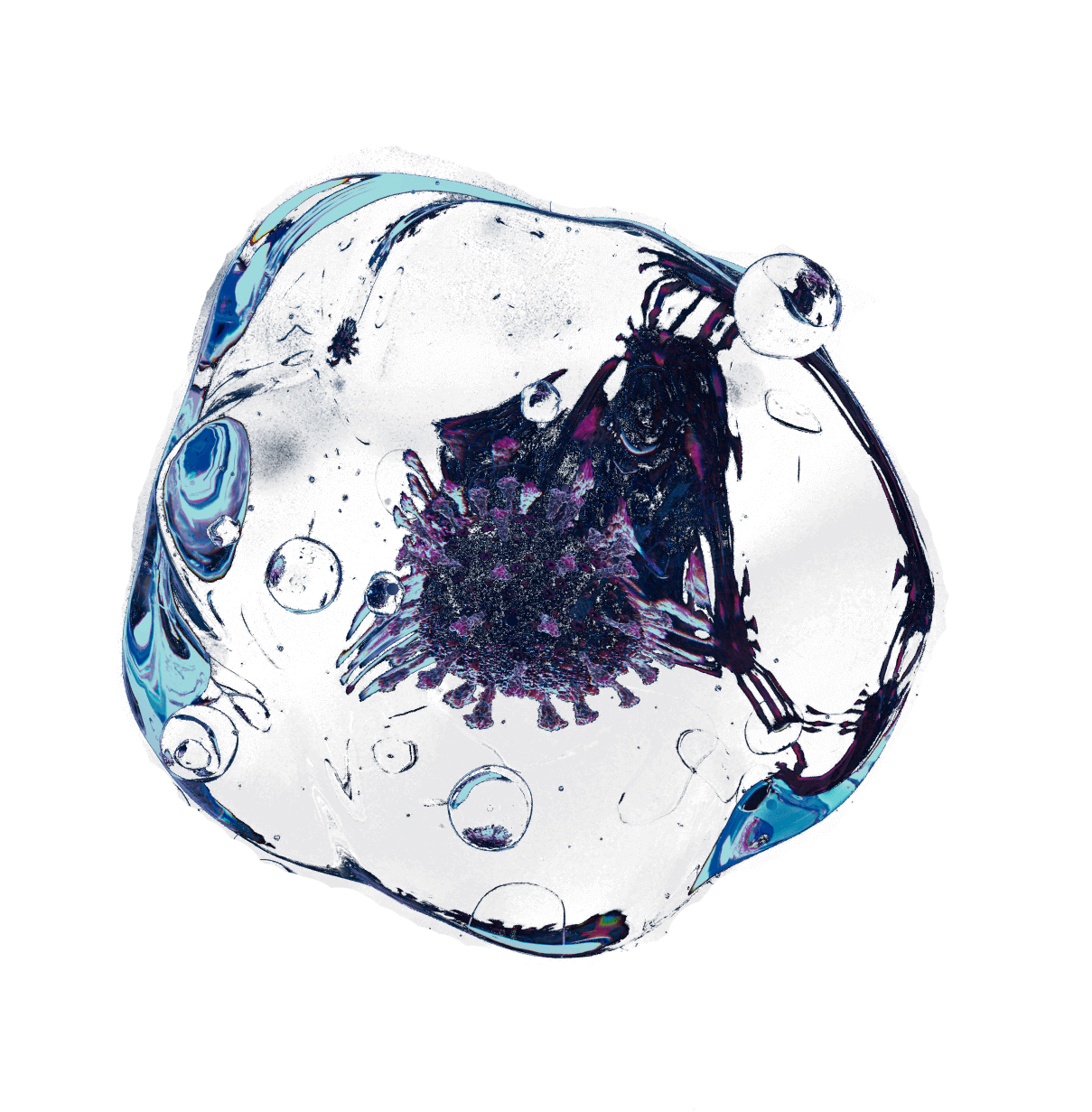

Pharmaceutical, medical and biotechnological sectors profit immensely from using VR technologies.
Hospitals use our virtual reality training to teach proper procedures or maintain readiness for low-frequency, high-risk situations.
Universities & Higher Education set up an Immersive Training Lab with us and improve curriculum effectiveness and retention.
Medical Device Companies have a unique procedure or want to ensure your device reps are up-to-speed on your latest equipment. We’ll work with you to quickly get to market by educating your surgeons and reps.
Our clients
Testimonials
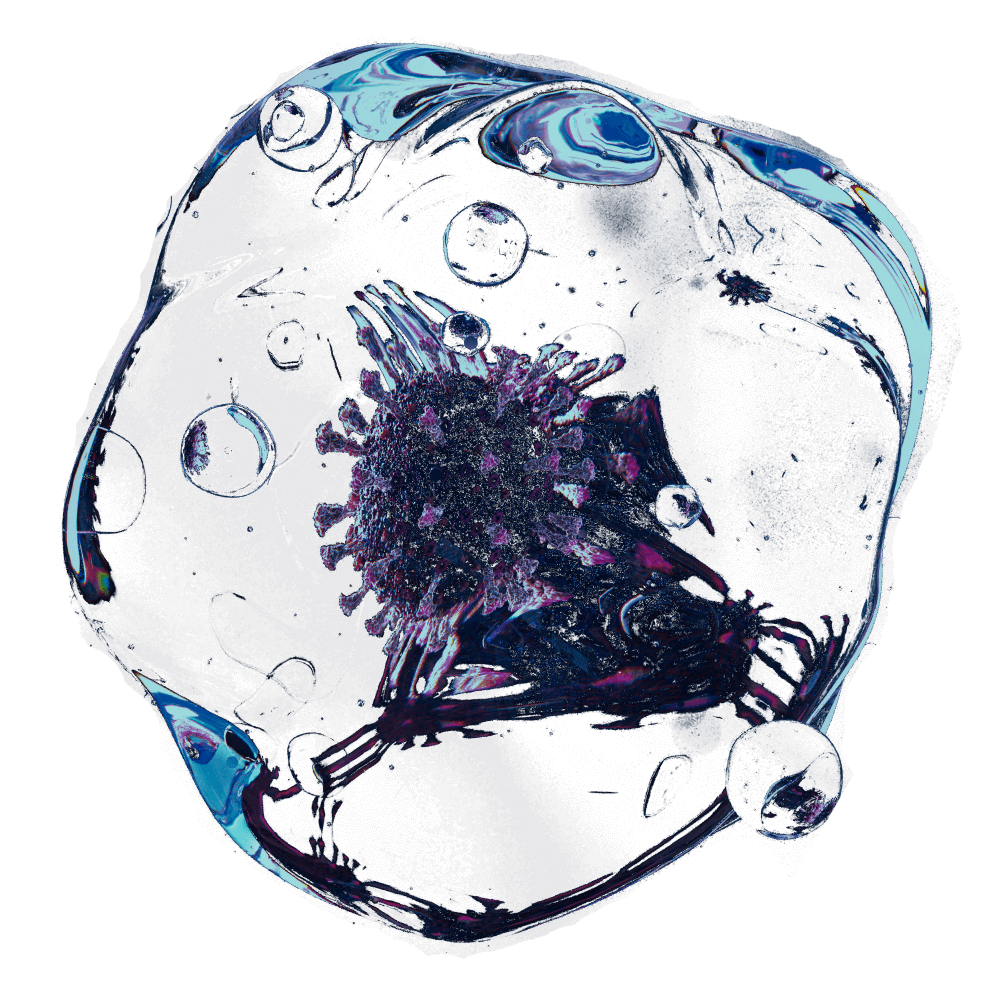
VR development Workflow in Nanobot Medical Studio
As someone interested in developing VR, you may wonder what the workflow looks like. What steps are involved in taking a VR project from concept to completion?
Here is a brief overview of the workflow of VR development:
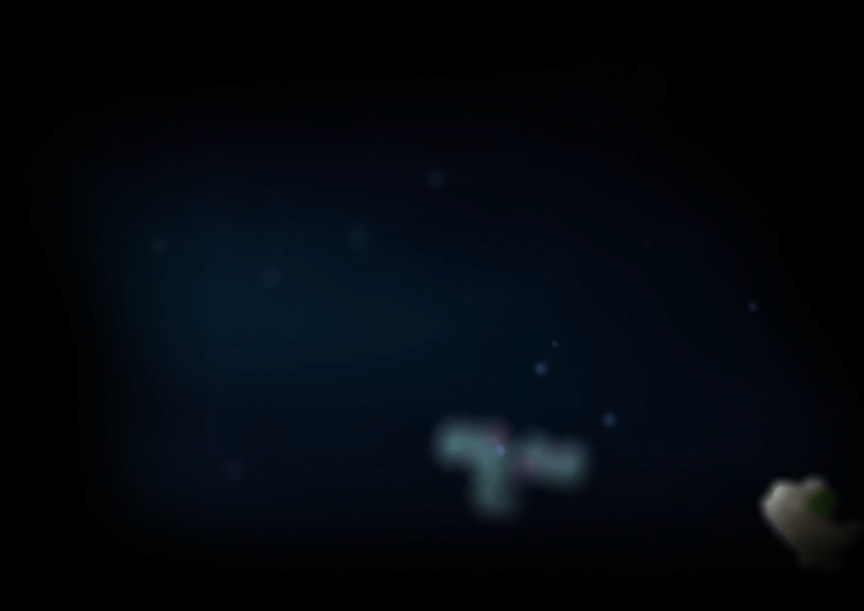
-
Goals and strategy
-
Script and storyboard
-
Virtual medium exploration
and functionality development -
Style and look development
-
Animation, lighting, materials, dynamics
-
Testing


VR App Development — Project Flow

Our cases
Frequently Asked Questions
-
What is VR development in Healthcare?
Virtual Reality solutions are immersive, dynamic 3D features (videos, demonstrations, interactive simulations, etc.) that fully enwrap viewers into 360° environments that ultimately boost the efficiency of scientific storytelling, showcasing, and education.
-
Why may a company need VR development?
Medical, scientific, pharmaceutical and all sorts of other related providers may turn to VR development in order to acquire eye-grabbing, inviting, and engaging methods of conveying information of any complexity through visuals. Whether to understand the science behind a particular disease area, the mechanics of a certain medical product, or the in-depth specifics of certain scientific concepts.
-
Does Nanobot Medical have VR development experience?
Nanobot Medical has been the pioneer in utilizing VR in medicine since 2015. We are glad to apply our knowledge in solving ever-coming tasks and enrich the digital pharma marketing and biotech realm with new exciting projects.
-
How Much Does VR development Cost?
The cost of VR development can vary depending on the project. For example, a simple VR experience could cost around $5,000 to develop, while a more complex one could cost upwards of $100,000. But, of course, these are just estimates – the actual cost will depend on the specific project requirements.
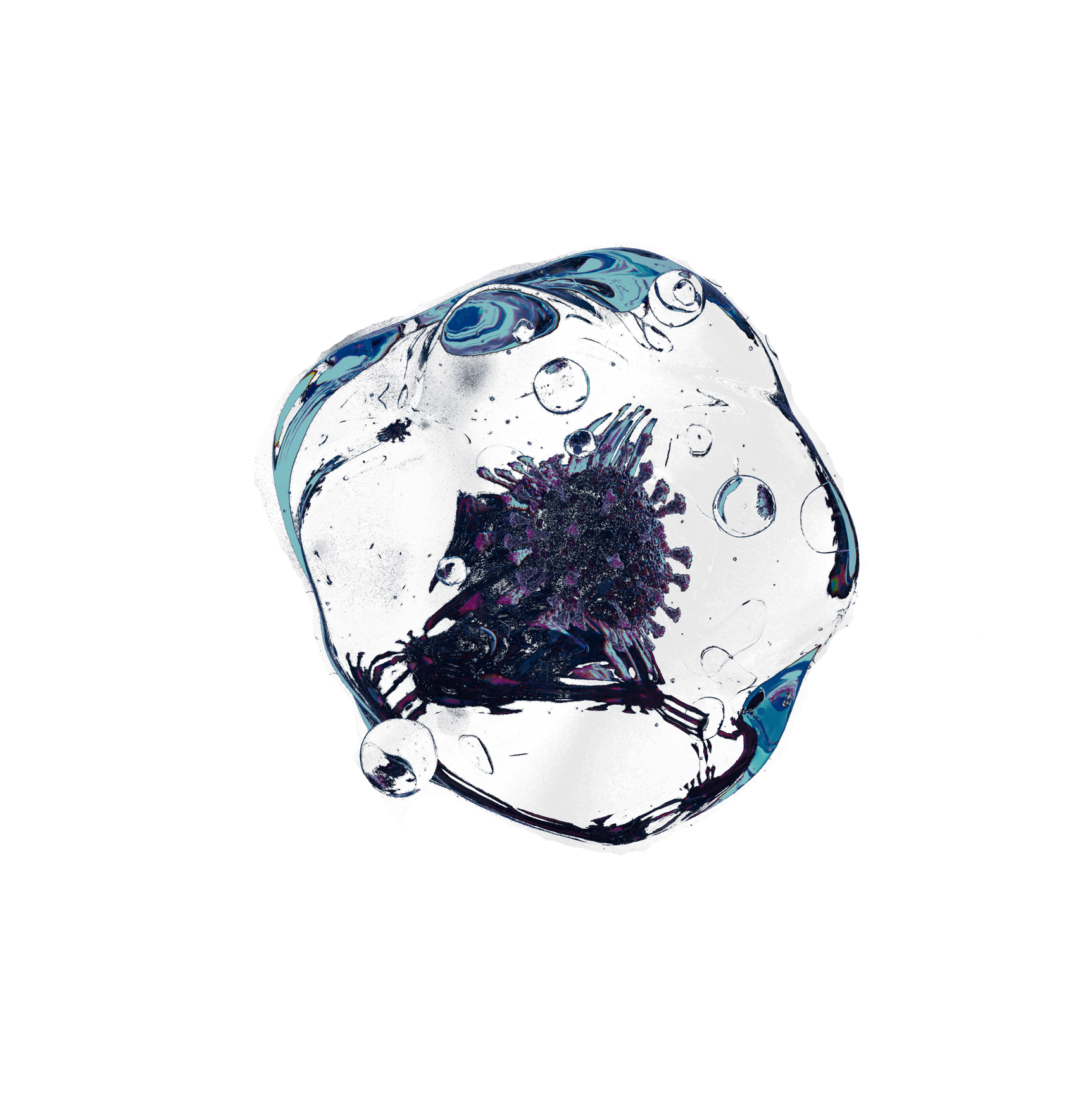
Other our services
Animation
Interactive development
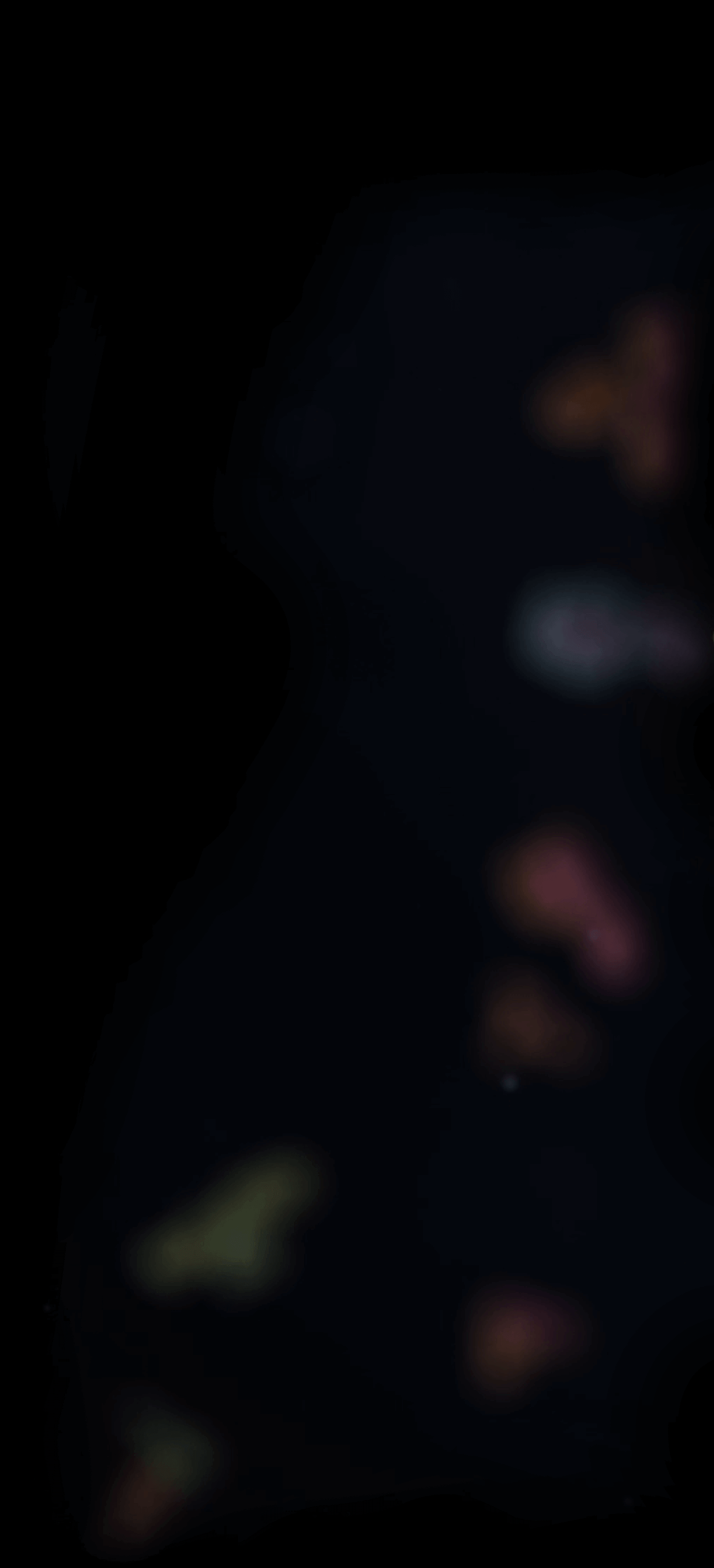
Our blog
-
October 12, 2024Project scope To showcase expertise in an integrated robotic platform for tissue engineering and developing artificial joints using stem cells and 3D printing. KU Leuven is an international community where innovative research forms the basis of all academic programs. JOINTPROMISE project paves the way for high-volume, affordable production of entire biological joints, addressing a majorRead more ...
-
June 18, 2024We are thrilled to announce that our 3D animation video for Agnucaston, created for Bionorica SE, has been named a finalist for the COMPRIX Kreative Healthcare Kommunikation 2024 awards! Being recognized among the best in the industry is an incredible honor, and we are eagerly looking forward to the awards ceremony in September to findRead more ...


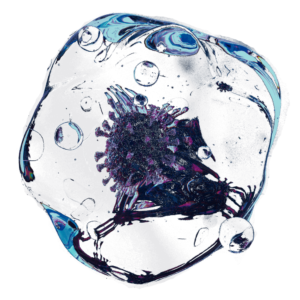
To get more specific details, feel free to contact us, and keep following our news.
We’ve got you covered!


